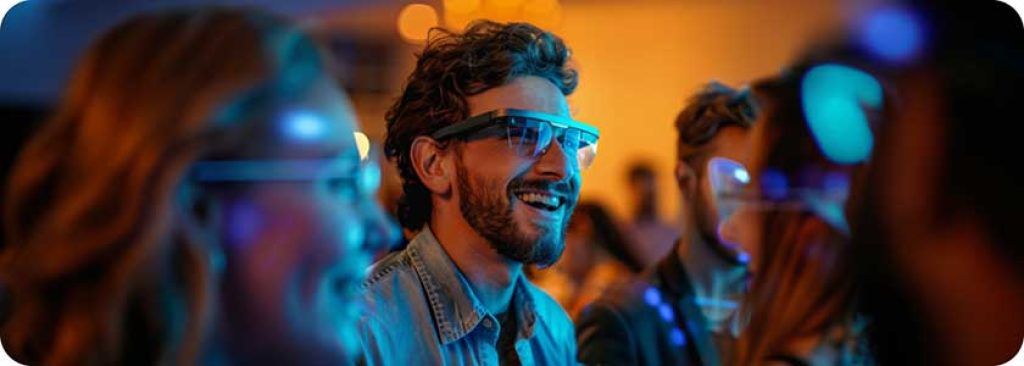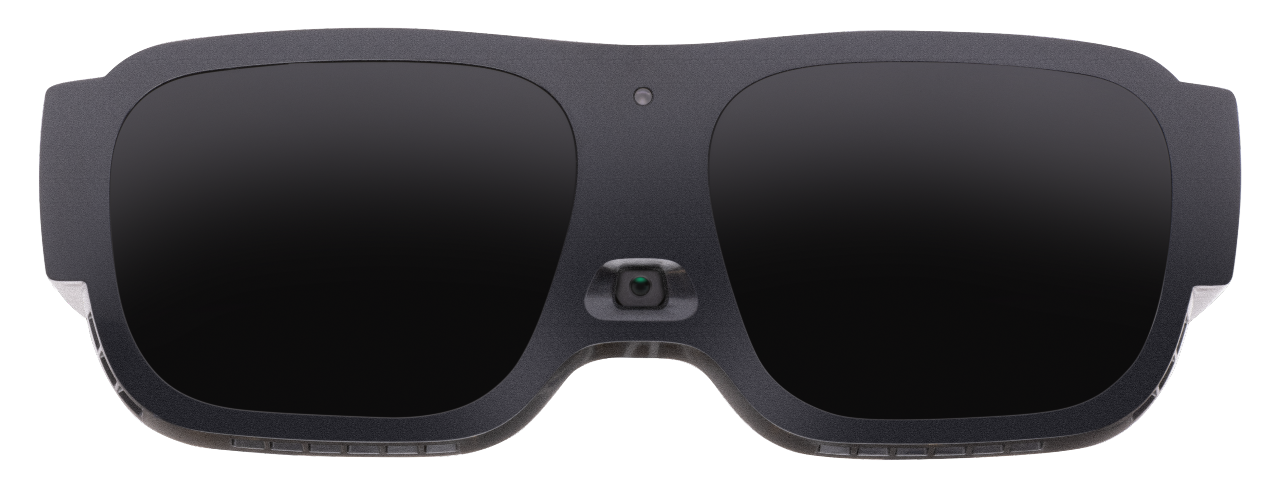The Future of Assistive Technology for the Blind: Empowering Independence
The Future of Assistive Technology for the Blind: Empowering Independence
Blog Article
Empowering Freedom With Assistive Modern Technology for the Blind
The combination of assistive modern technology for individuals that are blind or visually damaged stands for a significant advancement in promoting self-reliance and improving top quality of life. With a variety of gadgets-- from display readers to cutting-edge responsive tools-- these innovations not only help with navigation and communication but also advertise social addition and engagement in different facets of life.
Recognizing Assistive Modern Technology
Although assistive modern technology has actually progressed substantially over the years, its essential purpose stays the same: to improve the lifestyle for individuals with handicaps, specifically those who are aesthetically damaged or blind. This innovation encompasses a broad array of tools and tools that facilitate independence and performance in daily tasks.
Assistive innovation can be classified right into high-tech and low-tech solutions, each created to meet particular requirements. Modern gadgets commonly include software program applications, specialized hardware, and adaptive tools that use advanced innovation to supply support in numerous contexts. Alternatively, low-tech options might entail day-to-day items that are changed to improve accessibility, such as magnifiers or responsive pens.
The assimilation of assistive modern technology into the lives of people who are blind or visually impaired not just advertises freedom yet likewise promotes social addition and participation in expert and academic settings. By leveraging these innovations, individuals can navigate their surroundings, access info, and connect successfully, consequently boosting their total high quality of life. Recognizing assistive modern technology is essential for advocates, caregivers, and experts that intend to support people in optimizing their possible and attaining better self-reliance.
Sorts Of Assistive Devices
Assistive tools for the aesthetically impaired and blind are important tools that enhance daily living by attending to certain challenges encountered by individuals. These tools can be extensively categorized right into three main kinds: optical devices, digital tools, and sensory tools.

Sensory gadgets, such as Braille display screens and tactile maps, offer alternative ways to receive details. Braille displays convert electronic message into Braille, enabling individuals to check out touch. Tactile maps offer spatial understanding with elevated lines and structures, allowing for far better ecological awareness.
With each other, these assistive tools equip people with aesthetic problems to involve more totally with their environments, advertising higher freedom and confidence in everyday activities.

Influence on Every Day Life
The combination of assistive innovation right into the every day lives of people who are visually damaged or blind significantly boosts their ability to communicate and browse with the world around them. Devices such as screen readers, Braille shows, and mobile applications assist in access to details, permitting individuals to engage with electronic web content, communicate successfully, and take care of daily jobs individually.
Additionally, modern technologies like clever glasses and navigating apps give real-time support in strange environments, enhancing movement and confidence. These devices enable customers to recognize challenges, read signs, and even acknowledge faces, therefore promoting a sense of autonomy in public spaces. In addition, home automation systems, which can be regulated with voice commands, allow individuals to manage their living settings more properly, boosting convenience and security.
The impact of assistive technology prolongs past sensible jobs; it advertises social addition and emotional health. By bridging the gap between people and their surroundings, these technologies encourage individuals to participate OCR devices for the blind fully in neighborhood activities, seek instructional possibilities, and take part in significant partnerships. Ultimately, the innovation of assistive technology is important in redefining the possibilities for people who are blind or visually damaged, resulting in an extra available and comprehensive culture.
Success Stories and Reviews

An additional effective testimonial comes from Mark, a recent university grad who used screen reading software program throughout his scholastic trip. This technology enabled him to accessibility training course products and join discussions, eventually bring about his effective shift into the labor force. Mark credits assistive technology for equipping him to accomplish his career objectives, stressing its duty in leveling the having fun area for people with visual problems.
Furthermore, recreation center have reported raised engagement in their programs many thanks to the intro of obtainable electronic platforms. These systems have made it much easier for individuals to link, share sources, and assistance each other. These success stories jointly underscore the extensive effect of assistive technology in fostering independence, enhancing top quality of life, and damaging down obstacles for the blind and aesthetically impaired community.
Future Patterns in Assistive Tech
Arising modern technologies are poised to change the landscape of assistive technology for individuals that are blind or visually damaged. Advancements in expert system (AI) and device learning are enhancing the capabilities of devices, enabling more user-friendly user experiences. For example, AI-driven applications are increasingly able to review and identify things message aloud in real-time, giving individuals with beneficial details concerning their surroundings.
Furthermore, improvements in wearable innovation are developing new opportunities for independence. Smart glasses outfitted with enhanced reality functions can overlay critical info onto the user's line of vision, promoting navigating and interaction with the environment. In addition, the integration of Net of Things (IoT) gadgets is streamlining ease of access in wise homes, allowing customers to regulate appliances and get alerts via voice commands or responsive user interfaces.
The development of braille displays and responsive comments systems is also growing, promoting accessibility to electronic web content and boosting interaction. As these modern technologies remain to progress, they promise to enhance day-to-day living, educational opportunities, and work leads for people with aesthetic disabilities. Continual partnership between technologists, users, and advocacy teams will be crucial in ensuring these developments satisfy the needs of the area efficiently.
Final Thought
To conclude, assistive modern technology plays an essential role in enhancing the independence of individuals that are aesthetically impaired or blind. By giving necessary devices and resources, these modern technologies promote boosted access, communication, and navigating to info, therefore fostering autonomy and self-esteem. The transformative influence of assistive tools not just advertises efficient interaction with the atmosphere yet also motivates social incorporation and participation in various elements of life, ultimately equipping users to grow within their communities.
The assimilation of assistive innovation for individuals who are blind or visually impaired represents a substantial advancement in cultivating freedom and boosting high quality of life.The integration of assistive innovation right into the lives of people who are blind or aesthetically impaired not only advertises freedom yet additionally fosters social addition and participation in academic and expert atmospheres. Ultimately, the innovation of assistive modern technology is instrumental in redefining the possibilities for people that are aesthetically impaired or blind, leading to a much more obtainable and comprehensive culture.
Several individuals that are blind or visually damaged have shared motivating success stories that highlight the transformative impact of assistive technology on their lives.In final thought, assistive modern technology plays an essential duty in boosting the self-reliance of people who are blind or visually damaged.
Report this page